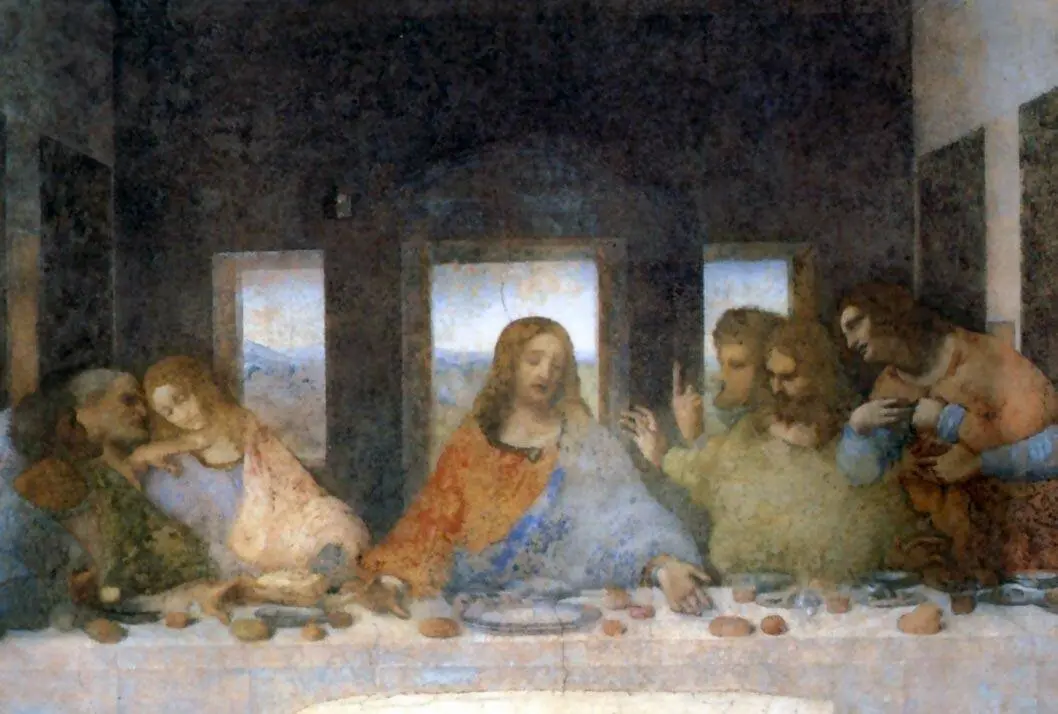Argiletum Tour Operator Rome
Here is the edited text in English:
Milan, a City to Visit
The capital of the Lombardy region, Milan is the second most populous city in Italy after Rome (1.3 million inhabitants) and the economic capital of the country. It is located in the heart of the Po Valley (the largest in Italy), in a network of rivers (including the Po and the Ticino), navigable canals, and lakes (Lake Como).
Founded around 590 BC by a Celtic tribe, it was conquered by the ancient Romans in 222 BC and called “Mediolanum” (meaning “in the middle of the plain”). Over the centuries, its importance grew until it became the capital of the Western Roman Empire, a period in which the Edict of Milan (313 AD) was promulgated, granting all citizens, including Christians, the freedom of worship.
The Roman poet Ausonius described it at the end of the 4th century as: “In Mediolanum, everything is worthy of admiration. There are great riches and many noble houses. The population is of great ability, eloquence, and affability. The city has expanded and is surrounded by a double circle of walls. There is the circus, where the people enjoy the shows, the theater with its wedge-shaped seating, the temples, the fortress of the imperial palace, the mint. The colonnaded courtyards are adorned with marble statues. Its buildings are more imposing than one another, as if they were rivals.”
Milan has been at the center of the political and cultural life of Renaissance Italy. Subsequently, in the early 16th century, it was first dominated by the Spanish Empire and, about two centuries later, by the Austrian crown, under whose rule it became one of the main centers of the Italian Enlightenment. In the 19th century, it was the capital of the Napoleonic Kingdom of Italy and, after the Restoration, one of the most active centers of the Risorgimento until its entry into the Savoyard Kingdom of Italy. All these influences, as well as its geographical location, have developed a special, much more “northern” character in Milan compared to the rest of Italy south of the city.
Much of Milan’s artistic and architectural heritage is located in the historic center, whose current appearance is the result of numerous urban redevelopments carried out between the Unification of Italy and the post-war period. The symbolic monument of the city known as the Milan Cathedral, located in the eponymous square, is the center of the city’s economic and cultural life. A short distance away, connected by the Galleria Vittorio Emanuele II (a covered passage with exposed iron and glass structures in eclectic style, inaugurated in 1877 and popularly known as the “Milan Salon”), is the Teatro alla Scala (1778), one of the most famous opera houses in the world. Another symbolic monument of Milan is the Sforza Castle, originally conceived as an exclusively military structure, but later redesigned as an elegant court for the city’s lords.
Not far away are the Basilica of Sant’Ambrogio, considered the second most important church in the city, and the Church of Santa Maria delle Grazie, where the famous Last Supper by Leonardo da Vinci, a UNESCO World Heritage Site, is located.
 Last Supper by Leonardo da Vinci
Last Supper by Leonardo da Vinci
The main economic and financial center of the country, Milan is today the Italian capital of publishing, at the top of the global music and opera circuit, of international trade fairs of all kinds (automotive, art, design, furniture, etc.), as well as one of the world capitals of fashion.